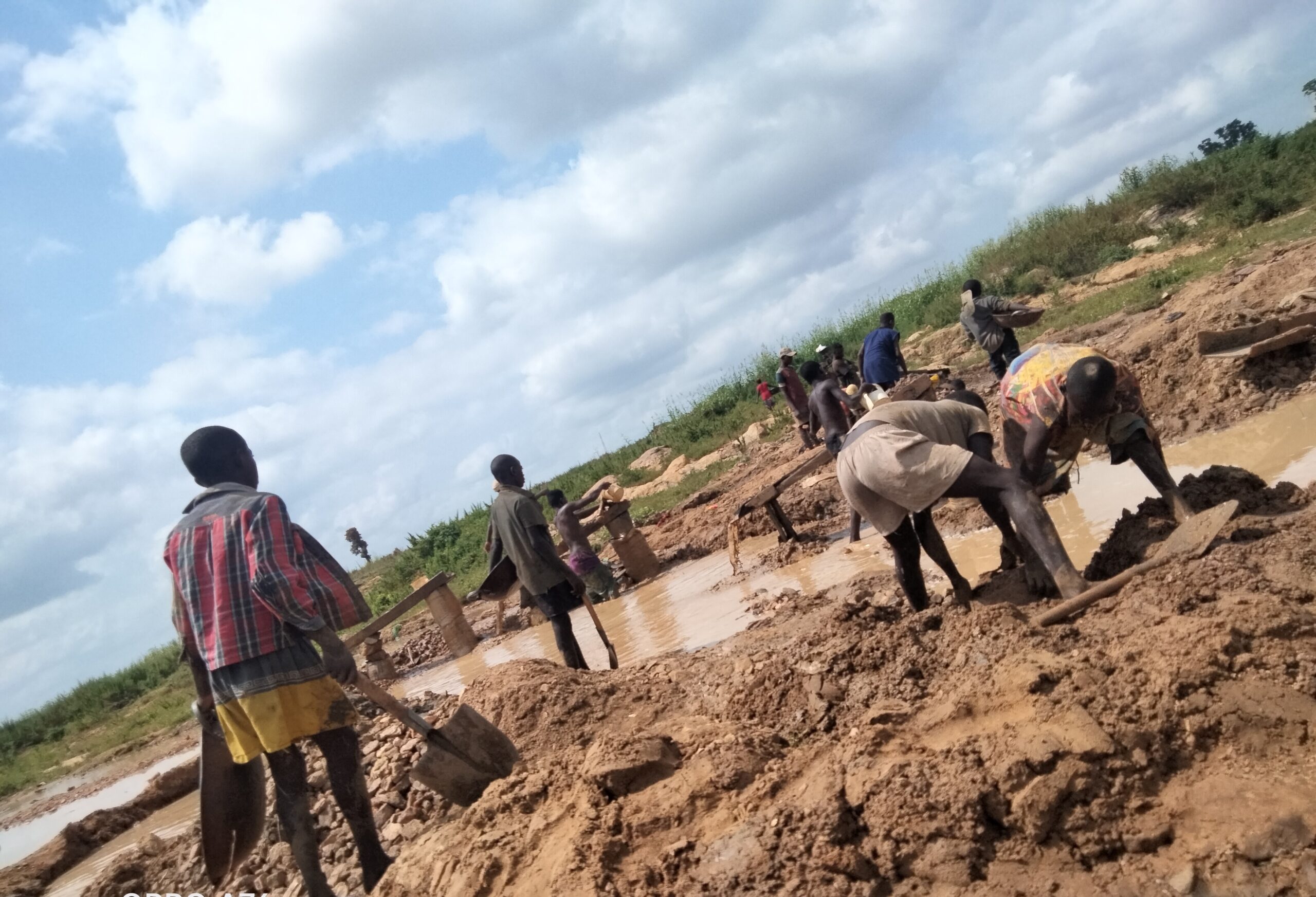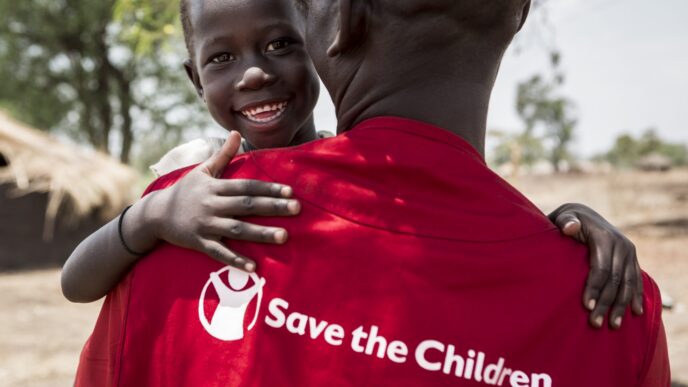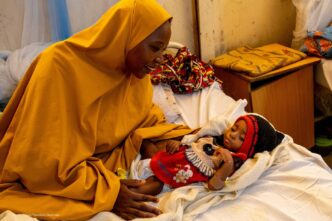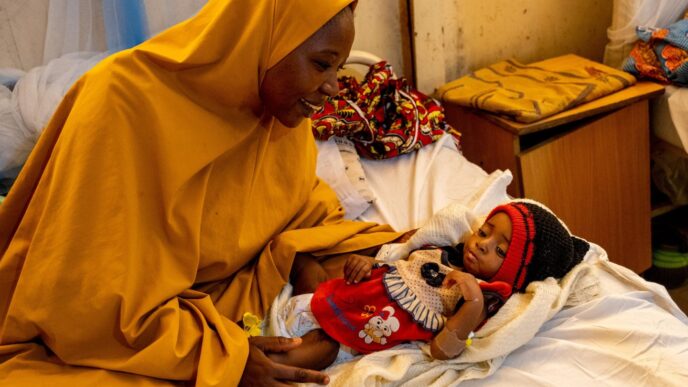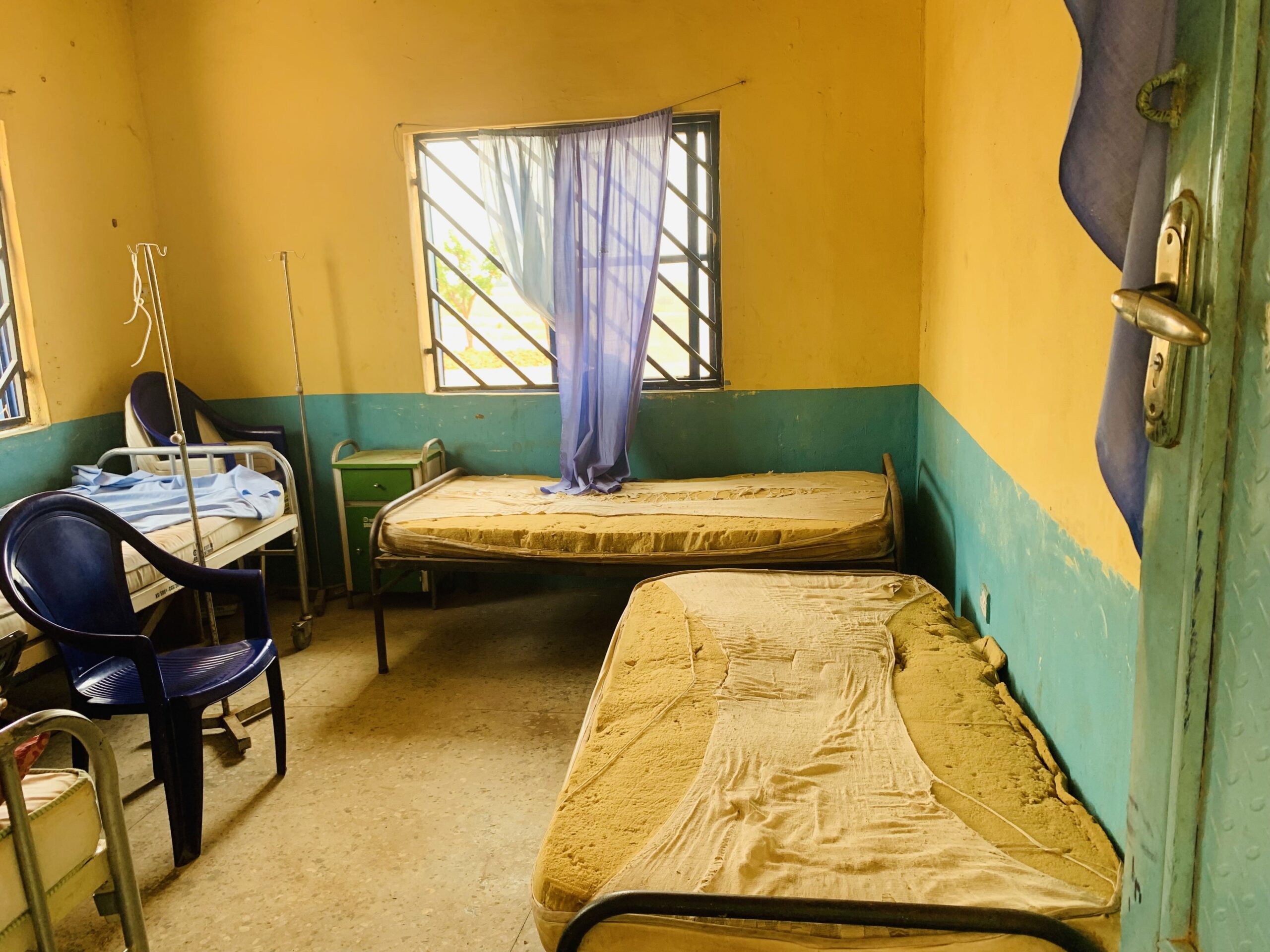Children mining for Gold in Niger state
The International Labour Organisation (ILO) says more than 24 million children in Nigeria are victims of child labour.
According to the Nigeria child and forced labour report 2022, over 62.9 million children aged 5 to 17 live in Nigeria.
ILO said the figures translate to 39.2 percent of children in Nigeria being subjected to child labour especially in the agricultural sector.
“While a significant portion of children aged 5-14 are engaged in full-time schooling, a concerning 35.3% are found to juggle work alongside their educational pursuits,” the report done in collaboration with the ministry of labour and employment, and the Nigeria Bureau of Statistics (NBS), reads.
Advertisement
“Among 15-17 year olds, the proportion engaged solely in work rises to 21.9%, indicating complex challenges in ensuring access to education and protection from exploitation for Nigeria’s youth.”
Vanessa Phala, ILO country director in Nigeria, said more boys are affected on a national scale with 12 million facing forced labour.
Narrowing the figures down to areas of residence, Phala said more girls are victims in the urban areas while a greater number of boys are affected in the rural areas.
Advertisement
Citing a 2021 global child labour report released by ILO and UNICEF, she said it showed a global increase of child labour prevalence by 8.4 million, reaching a staggering 160 million.
Phala, who was represented Agatha Kolawole, national project manager of Action Against Child Labour in Agriculture in West Africa (ACLAWA), ILO’s programme initiative, spoke at a media training facilitated by ILO and the US department of labour in Akwanga, Nasarawa.
POORER FAMILIES MOST AFFECTED
Phala said most of the children affected come from poorer families or from households where heads are less educated.
Advertisement
“This prominence, however, has led to a high prevalence of child labour in agriculture especially with increasing cost of hired labour and inflation, leading to farmers turning to support within the home,” she said.
“When asked reasons for being out of school: 9.5 percent stated that education is not considered important, 12.6 percent could not afford it, 16.2 percent not interested in school, 19.1 percent reported their families does not allow, 24.6 reported that they do not have school in their communities or that the schools are too far or that they do not have teachers in their schools.
“Agriculture remains the branch of economy with the highest child labour prevalence at 56.8 percent followed by services at 25.8 percent and industry at 17.4 percent.”
The ILO report recommended social expansion of access to early childhood development opportunities for vulnerable households, reduction in school cost, improvement of school quality and access to education.
Advertisement
“There should also be means to promote decent work for youth of the legal working age, promote transition from informal to formal economy, promote decent rural livelihoods,” the report said.
“Equally important is to promote rural resilience through the development of social protection strategies combining contributory social insurance and tax-based social assistance to ensure the adequate protection of rural populations throughout their lives, including in confronting risks and contingencies specific to rural areas.”
Advertisement
Phala urged stakeholders to invest in developing the skills of rural youth, bolster farm productivity and contribute to a structural shift towards higher-value-added manufacturing and services.
On a global scale, Phala said there has been a prevalence of child labour by 8.4 million, reaching an alarming 160 million.
Advertisement
Add a comment
